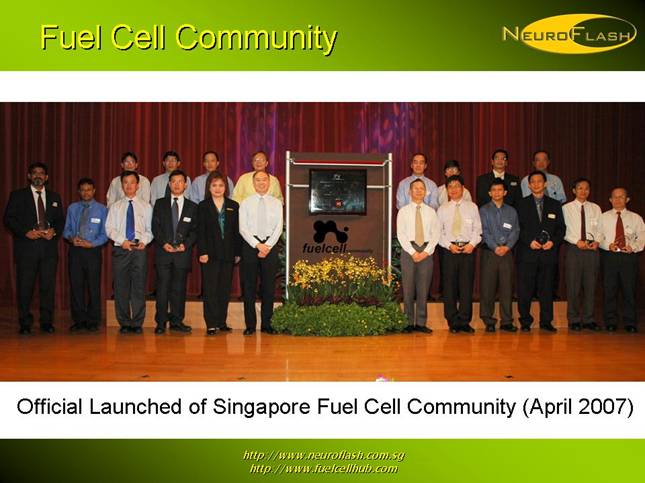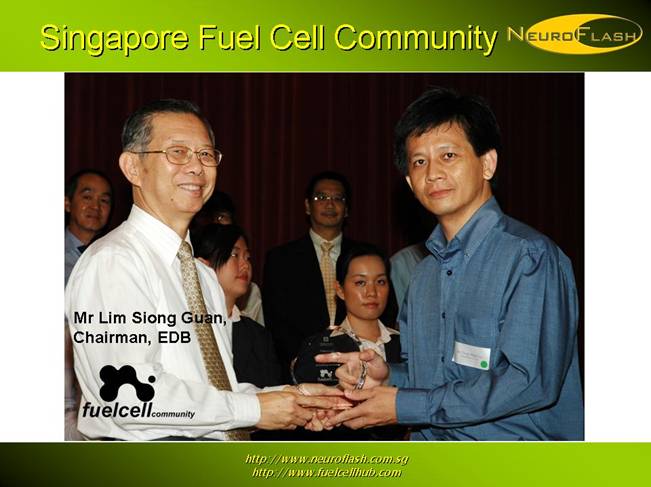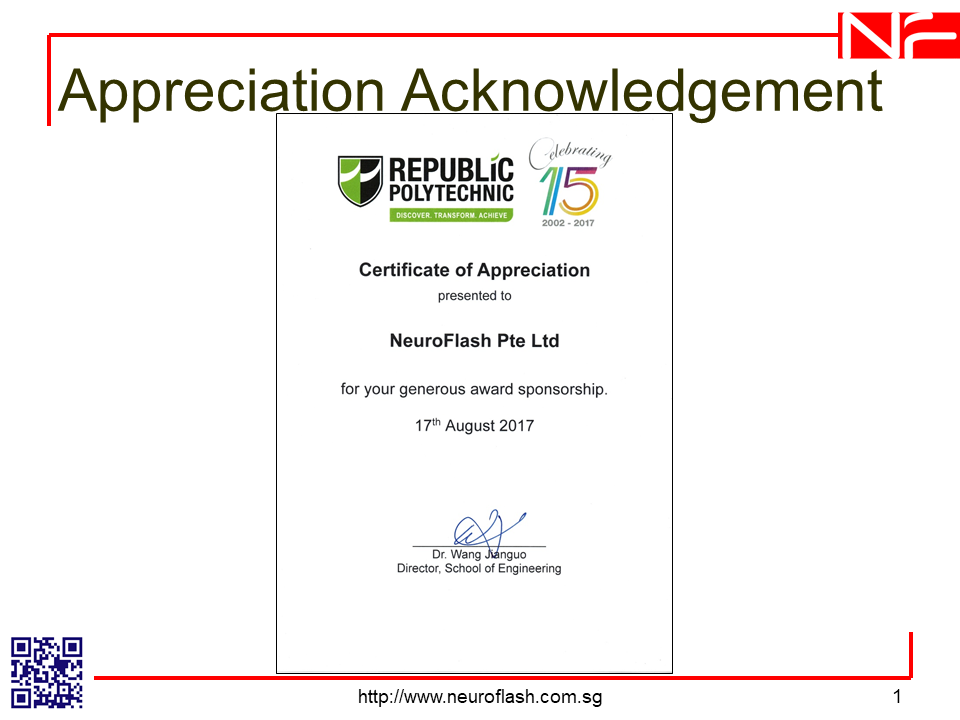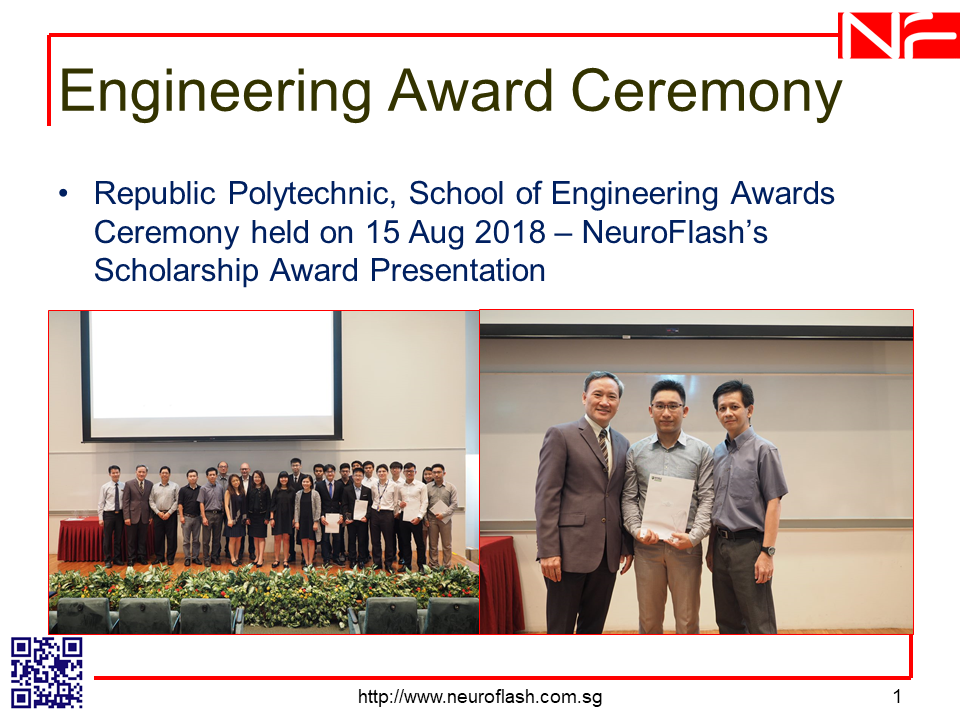STUDY GOALS AND OBJECTIVES
This business opportunity report focuses on the polymer membranes that are the heart of the proton exchange membrane (PEM) fuel cell. The report looks at the advancing technology of these membranes, the membrane electrode assembly (MEA) and the bipolar plates, the companies involved in these developments, the current and projected incentives, and the projected markets for such technologies. Identified as a practical solution to many of the technological and environmental problems facing the world today, the PEM fuel cell is appropriate as a power source for transportation, stationary distributive power, and small-scale applications such as electronic devices. All of these applications for fuel cells are still evolving as the membranes and MEAs evolve and are adapted to specific applications.
Identifying how researchers are solving the search for membranes that have greater tolerances to poisoning, greater durability, and lower costs is a major objective of the report. A major cost issue addressed is the critical catalyst component, platinum.
REASONS FOR DOING THE STUDY
This study analyzes the advanced technology components of the PEM fuel cell that offer the promise of greatly reduced impact from fuels on the environment by diversifying fuel resources. Hydrogen feed fuel cells are based on the electrochemical reaction between hydrogen and oxygen. This process does not pollute the environment with sulfur or nitrogen dioxides. The study identifies the opportunities and technological requirements of the proton exchange membrane fuel cell and the MEA and the bipolar plates for the PEM fuel cell. When several units of the membrane electrode assembly are capped off with a bipolar plate and properly assembled, the arrangement is referred to as a stack.
Questions to be answered include determining when the PEM fuel cell will become a commercial reality across the broad spectrum of all its potential applications, and what type of membrane is needed to make this possible. There will eventually be a consolidation of the industry, but it is not yet clear when this will take place. The pace and path of various proton exchange membranes in development will impact the development of other types of fuel cells, and become a key factor in the maturation of the industry as a whole. The commercialization of fuel cells will create demand for new products and services from many diverse industries, which will in turn likely create a positive impact on the U.S. and, eventually, the global, economy.
CONTRIBUTION OF THE STUDY AND FOR WHOM
This study examines the depth and scope of the proton exchange membrane and membrane electrode assembly markets. Hundreds of companies are playing a variety of roles. The report aims to provide essential knowledge to persons interested in investment, acquisition, or expansion into batteries and fuel cells for transportation. The technologies and competitive factors needed to make informed decisions are addressed. Those that want to stay abreast of the state of the art will find this study worthwhile. Those attempting to understand the best technology or the most likely infrastructure for fuel cells will find this study of value. The vital importance of platinum as a catalyst for PEM fuel cells is addressed. Anyone interested in the metals market or in alternative catalysts will find the evaluations and geopolitical concerns of interest.
This technical/marketing report is designed to be as comprehensive as possible. This document is intended to be value to a broad audience of business, technical, investment, and regulatory professionals. It is an information source for an emerging industry as well as a reference on a developing technology. It presents analysis and forward thinking evaluations that will be of advantage to manufacturers, material suppliers, and to local, state, and federal government entities. Corporate planners will benefit from the report's evaluation of the demands for proton exchange membranes, membrane electrode assemblies, and platinum catalyst and the companies involved in their development and manufacture. Others may find the broad discussions of energy policy, environmental impact, platinum supply and chemical synthesis of membranes to be of considerable value in understanding the opportunities and problems facing the fuel cell industry over the next 5 to 10 years.
SCOPE AND FORMAT
The fuel cell industry in various forms has been developing for decades. There are notable examples of fuel cell successes. The proton exchange membrane fuel cell is emerging as a winner in many of the primary categories that fuel cells can satisfy. Existing membranes and assemblies still have some problems. Proton exchange membrane fuel cell development and commercialization is an ever-changing process. This BCC, Inc. business opportunity study examines the market and technology for the materials and technology of proton exchange membranes and electrode assemblies and for bipolar plates for PEM fuel cells. This includes the gas diffusion layer, the catalyst ink/electrode, the membrane itself, and the bipolar plate. Ancillary stack assembly materials such as bolts, gaskets, tie-outs, and final assembly and packaging costs are excluded.
This report is a guide to the present and near-to-mid-term (2008) materials used in PEM fuel cells. An analysis is made of the technological advances competing for a share of this inevitable market advance. Even as the fuel cell world advances, the membrane and the MEA have become an intertwined international business. This report recognizes the global dimension; however, the major analysis herein is for the U.S. market.
METHODOLOGY AND INFORMATION SOURCES
An in-depth analysis of technical and business literature and published dissertations, a review of the history of the technologies involved, interviews with industry experts, company representatives, federal government researchers, and university scientists provide an assessment of the outlook for the next generation of PEMs and MEAs. Other information sources include product literature from suppliers, scientific references, conferences, patent searches, and BCC, Inc.'s monthly newsletters Fuel Cell Technology News, Battery and EV Technology News, and Membrane & Separation Technology News.
The report makes projections for market sectors in terms of constant dollars representing real growth. Historical values are presented for the given year. The market analyzed is for the United States, but attention is given to the global aspects of the membrane, the electrode assembly, and PEM fuel cell market.
For a better price, buy from our partner:





